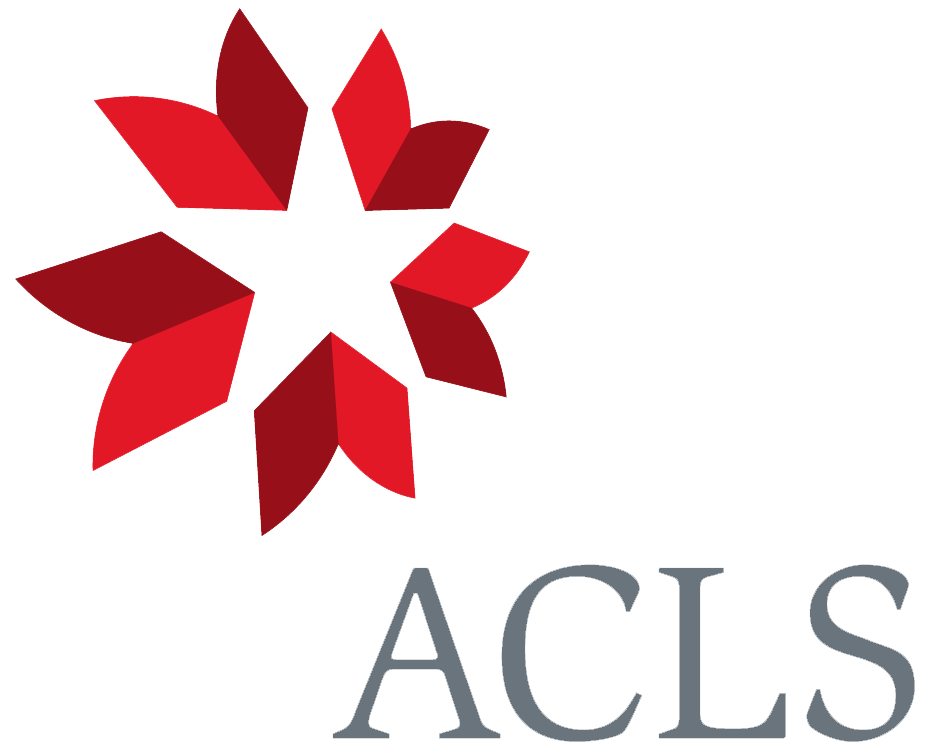To Eugène Dupuy 21 July 1878
Down,| Beckenham, Kent. | Railway Station | Orpington. S.E.R.
July 21st. 1878
Dear Sir
I am much obliged for your interesting letter.1 I have always thought that Brown-Sequard’s discovery of the inherited effects of injury to certain nerves the most important observation ever made on inheritance; & I read your confirmation & extension of his conclusions with extreme interest.2
I have no suggestions to offer, but will remark on the importance of attending to the circumstance whether a mutilation (which yields inherited effects) was attended with morbid action.—
I have been struck with the circumstance that in most of the cases with the lower animals, in which some injury has been said to be inherited, (for instance the loss of a horn,) it is generally stated that suppuration followed the injury.3
The law of inheritance at corresponding ages, with deviations towards an earlier age in the offspring is one of the highest importance, as it seems to me, in throwing light on evolution & embryology.—4
I heartily wish you success in your observations.— Pray excuse this untidy note, as I am not well today.—
I remain | Dear Sir | Yours faithfully | Ch. Darwin
Footnotes
Bibliography
Brown-Séquard, Charles Édouard. 1875. On the hereditary transmission of the effects of certain injuries to the nervous system. Lancet, 2 January 1875, pp. 6–7.
Calendar: A calendar of the correspondence of Charles Darwin, 1821–1882. With supplement. 2d edition. Edited by Frederick Burkhardt et al. Cambridge: Cambridge University Press. 1994.
Dupuy, Eugène. 1877. Note on inherited effects of lesions of the sympathetic nerve and corpora restiformia on the eye. Report of the Fifth International Ophthalmological Congress, held in New York, September, 1876, pp. 252–5.
Variation 2d ed.: The variation of animals and plants under domestication. By Charles Darwin. 2d edition. 2 vols. London: John Murray. 1875.
Summary
Considers Brown-Séquard’s discovery of inheritance of injury to nerves most important hereditary observation ever. Extremely interested in correspondent’s confirmation. Impressed that in reported cases of inherited injury suppuration tends to follow the injury.
Letter details
- Letter no.
- DCP-LETT-11622
- From
- Charles Robert Darwin
- To
- Pierre Louis Eugène (Eugène) Dupuy
- Sent from
- Down
- Source of text
- Ernst Mayr Library of the Museum of Comparative Zoology, Harvard University (bMs 7.10.3 (4))
- Physical description
- ALS 4pp
Please cite as
Darwin Correspondence Project, “Letter no. 11622,” accessed on


